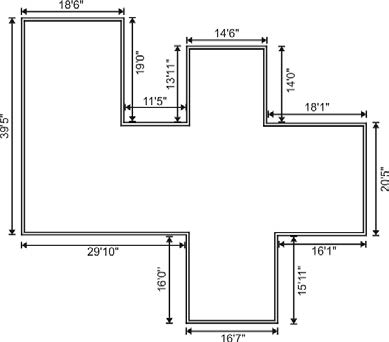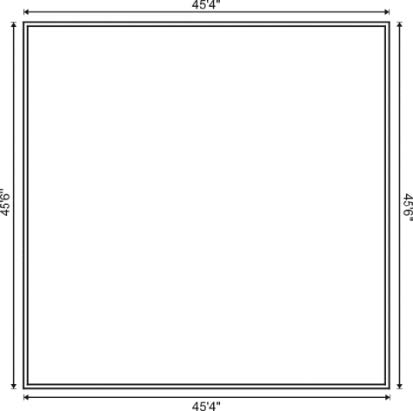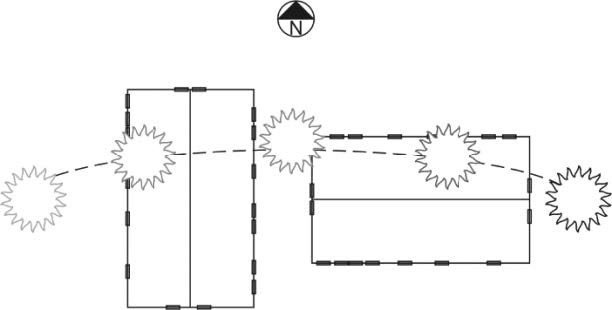ENERGY SERIES: What Does the Shape of the House Have to Do With Energy Efficiency?
ID
2901-9013 (BSE-300NP)
In a home, heat energy is transferred among all materials and substances that are of different temperatures, within the building materials, inside the building itself, and outside the building envelope. The term “building envelope” refers to all of the external building materials, windows, and walls that enclose the internal space. Heat moves only when there is a difference in temperature, and it always moves from the warm side to the cool side. Heat will continue to “flow” until any touching materials reach the same temperature. However, we usually want the inside of a home to have a different temperature from the outside.
Why Are Compact Homes More Energy Efficient?
Compact designs are better than narrow or elongated shapes for several reasons. They gain less heat in the summer (and lose less heat in the winter) through their “skin,” since a compact shape has a smaller surface area than an elongated one with the same volume, and therefore less area where the outside temperature wants to balance the inside temperature. They also use less building materials and make better use of the same amount of space.
For example, in the two designs below, the floor areas are approximately equal: 2022 sq-ft vs. 2037 sq-ft. Significantly different wall areas: 1800 sq-ft vs. 2530 sq-ft, assuming 10-foot exterior walls. There is over 40% more wall area in the sprawling design! Compact design can apply to other features as well. Long, thin designs with many roof pitches (lines) are less energy efficient than more square, single roofline homes. Two stories are generally better than one to achieve the same number of square feet.


The narrowest parts of the home should be exposed to the east and west (see below). In other words, for optimum efficiency the home should be oriented so that its long axis runs from east to west. This reduces the total amount of surface area exposed to the summer sun, yet when needed in cooler regions, allows the low- angle rays of the winter sun to warm the southern exposure (free solar heating).

Developed as part of the NASULGC/DOE Building Science Community of Practice. The factsheet editors are: Robert "Bobby" Grisso, Extension Engineer, Biological Systems Engineering; Martha A. Walker, Ph.D, Community Viability Specialist, Central District; and John Ignosh, Extension Specialist, Biological Systems Engineering. DISCLAIMER – This piece is intended to give the reader only general factual information current at the time of publication. This piece is not a substitute for professional advice and should not be used for guidance or decisions related to a specific design or construction project. This piece is not intended to reflect the opinion of any of the entities, agencies or organizations identified in the materials and, if any opinions appear, are those of the individual author and should not be relied upon in any event.
Virginia Cooperative Extension materials are available for public use, reprint, or citation without further permission, provided the use includes credit to the author and to Virginia Cooperative Extension, Virginia Tech, and Virginia State University.
Virginia Cooperative Extension is a partnership of Virginia Tech, Virginia State University, the U.S. Department of Agriculture (USDA), and local governments, and is an equal opportunity employer. For the full non-discrimination statement, please visit ext.vt.edu/accessibility.
Publication Date
February 12, 2020



